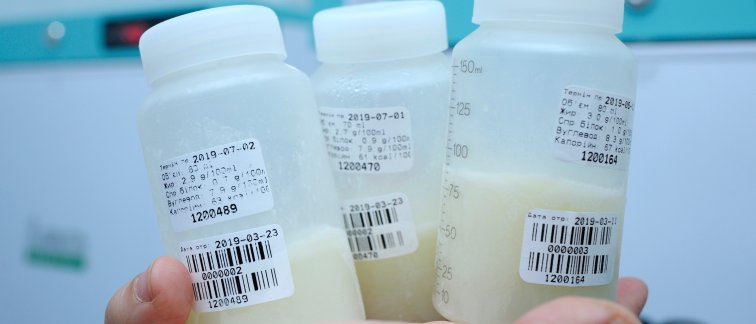Pasteurization (HoP). Then the milk is heated to 62.5 degrees for half an hour
to kill potentially harmful bacteria. This makes the milk safer. However, HoP
also destroys many components of the human milk that are necessary for the
health and development of infants.
Eva Kontopodi discovered, among other things, that HoP deactivates the enzyme bile salt-stimulated lipase (BSSL), which helps in the digestion of fats. This may explain the slower growth in preterm infants fed pasteurized donor milk. Kontopodi also discovered that the milk can be processed with high pressure (HPP) and UV-C irradiation. Both methods appear to be suitable alternatives to HoP. Because these do not work on the basis of heating, the bacteria are killed but the nutrients in the milk continue to do their job. HPP is expensive, so UV-C irradiation is the more suitable of the two methods for use by breast milk banks. Kontopodi concludes that processing donor milk with UV-C can have a positive impact on the health of infants. This can make a difference to the growth and development of high-risk infants who are in the neonatal intensive care unit.
Full thesis can be found here.

